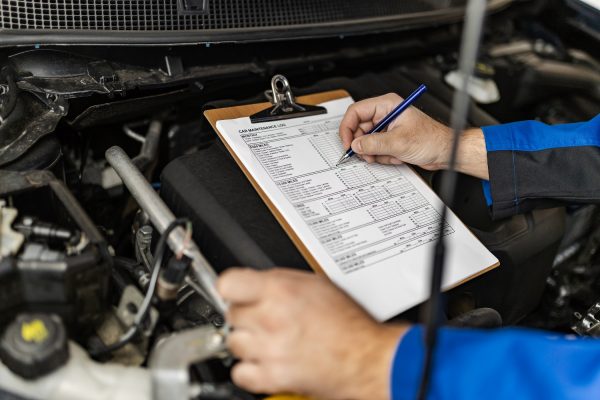The old saying, “mutton dressed as lamb” was never intended for the motor trade. However, with Coronavirus restrictions preventing potential buyers from physically looking around a car at an auction, there is now so much more scope to end up with a vehicle that is somewhat different to how it might have been portrayed online.
Indeed, Lawgistics are getting a steady flow of complaints from trade buyers unhappy at what they are getting, compared with the descriptions and photographs that are supplied to them.
When it comes to such matters, the courts are likely to take a very literal interpretation of any description and, when mixed with it a fair amount of opinion and “advertising puff”, one has to be very selective as to which cases are likely to stand a chance of any success. I will come onto that in a minute.
The legal position is straight-forward. Any description must match what is being advertised. That description then either forms a part of the contract – if it is made by the seller – or it can be a misrepresentation/mis-statement if it is made by the auctioneer, which induces the vendor to enter into a contract of purchase. The difference between misrepresentation and mis-statement is technical and outside the scope of this update.
However, one has to be careful because the concept of “Advertising Puff” is legal up to the point that it crosses the line and becomes and actionable misrepresentation or mis-statement.
So, “This is the best vehicle we have ever seen” is known as “puffery”. If it turns out to be rubbish – tough.
“They will be queueing outside your showroom to buy this example” – also puffery. If it doesn’t get a single enquiry for six months – tough.
The line is drawn at the point where it is so obvious that the statement is exaggerated that no reasonable reliance can be placed on it.
Opinions are also problematic and often too vague and ambiguous.
“Excellent condition”, for example. Is that excellent when compared with new? Or when compared with other 15-year-old equivalents, also with a quarter of a million miles on the clock? And of course, one person’s belief as to what is “excellent” is different to another person’s – it tends to fluctuate even in the same person, depending if one is buying or selling!

Available on all your devices via your web browser or the dedicated MotorDesk desktop and mobile apps.
“Condition” – does that relate only to its bodywork or how it drives?
Also, fully understand how the auctioneer defines words such as “Assured” – how much you can rely on a vehicle that has been driven no more than 20 metres and at a speed of no more than 15mph? But so long as that definition is made available and the car meets the tests set out in that definition, you will have no redress.
Photographs will form a part of a description too and can be taken at angles that perhaps flatter to deceive. Be mindful of this when taking a car where bodywork is crucial. Try to ask if someone who works on site can take a video on a camera phone.
As regards to the quality of cars sold at an auction, fellow car dealers have substantially fewer rights when things go wrong than when consumers buy from you – which is why the descriptions given can sometimes be your only hope.
But here is the real rub – you need car auctions more than they need you! And they know it.
So regardless of whether you have the best case in the world, often against the seller not the auction provider, chances are you have to go through the auction first. Remember, the auction is an online “club” and if you haven’t got access to it, your buying opportunities diminish. Don’t risk what I call the “retaliation” ban or account closure, just because you’ve gone about complaining in the wrong way.
If in doubt, speak to Lawgistics FIRST!








